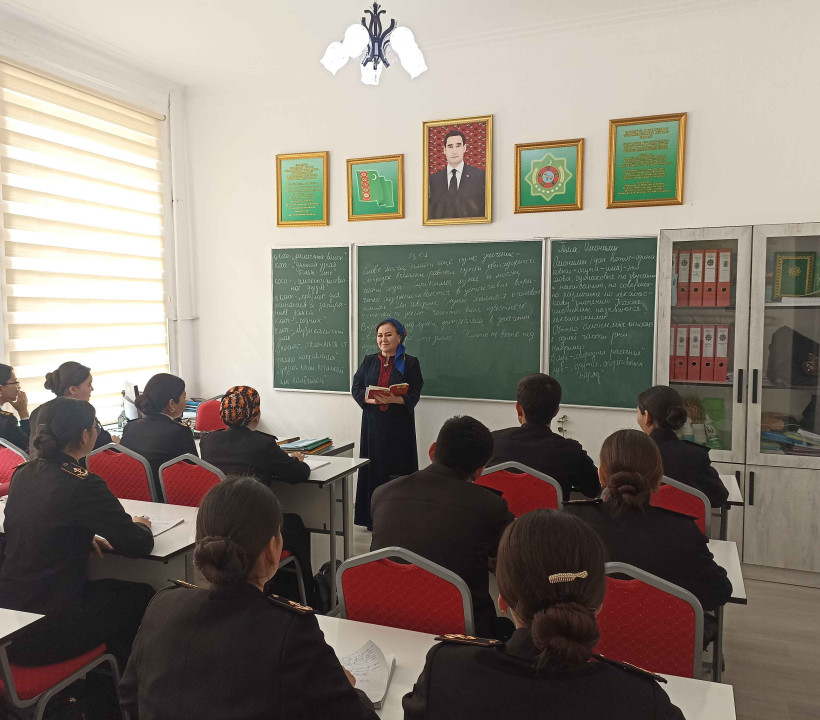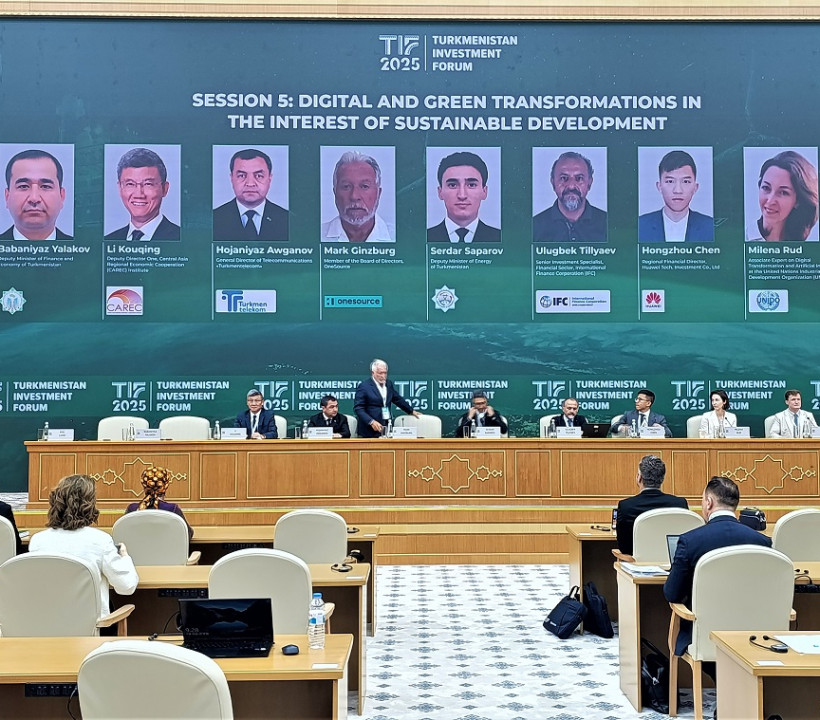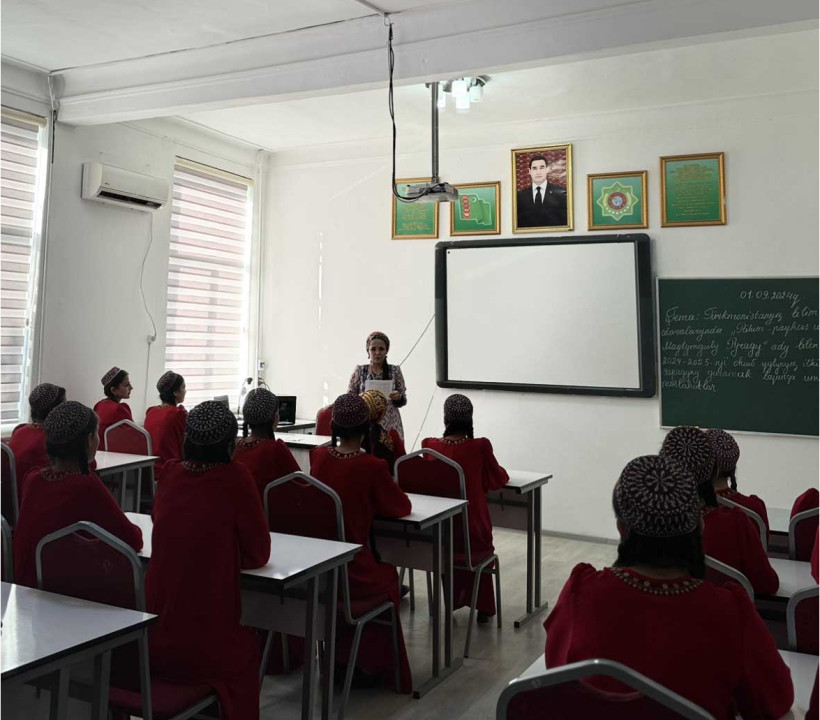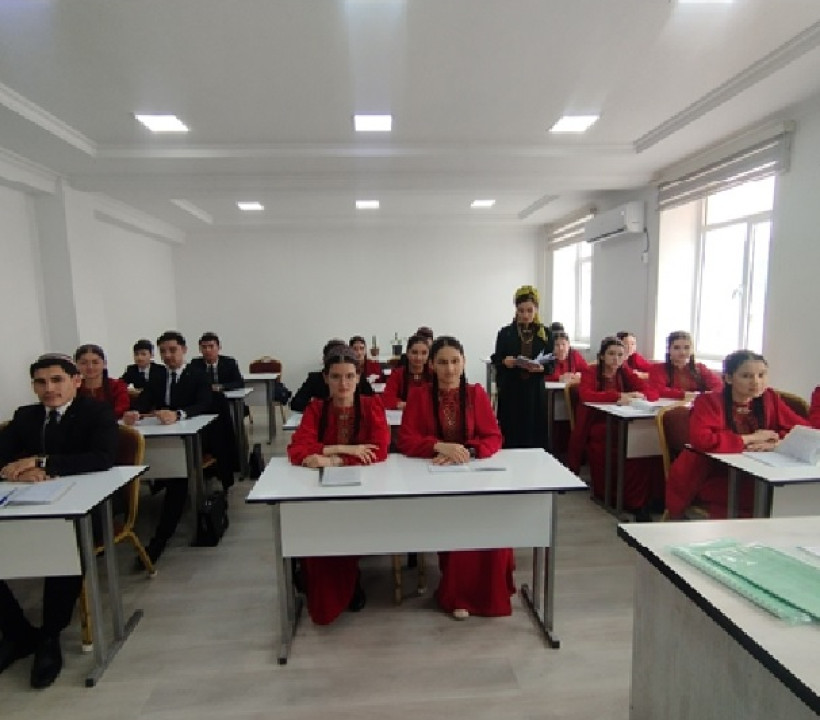The digital economy is an innovative direction of sustainable development

In the country, development of our national economy through diversification and development of digital economy is being carried out. Digitization is a qualitatively new era for our national economy. In this regard, under the leadership of the President of the Republic of Azerbaijan, program work is being carried out in all areas of the national economy. Digitalization is now a must for every industry and has become a prerequisite for overall growth.
Today, with the efforts of the President of the Republic of Turkey, innovative developments are being widely implemented in production. This creates ample conditions for significant development in all sectors of the national economy. The digital system is more important in the improvement of economic and administrative work, and has a positive effect on the prosperity of the economy and the improvement of the standard of living of the people. Thus, as a result of the active introduction of modern innovative technologies into our lives, the scope of business cooperation is expanding. This allows us to compete with the world's leading countries. We can already see this in the example of the success we are having in today's era of widespread digitalization in all areas of our lives, including our national economy. With the full implementation of innovations in all spheres of state life, the transition to a digital system, the economic power of the Independent, Permanently Neutral country is increasingly strengthened, and the standard of living of the people increases. This is the main demand of the time, the main goal of each of us.
Almost all of the main general goals in seven areas expressed in the speech at the joint meeting of public representatives of the country are related to the development of education and science. In particular, improving the protection of life and safety of citizens, improving employment and protecting their safe life, taking into account the interests of every citizen; using the socio-economic potential of the country, increasing the level of industrialization of our national economy, achieving continuous development of industries and the social service system through the introduction of digital technologies; Based on our national experts and world experience, ensuring the sustainable development of the digital economy in Turkmenistan, developing the industrial system on an innovative basis, and developing a high-tech, competitive digital economy are closely related to the modernity of the educational system, the implementation of science, innovations, and digital technologies. These goals, which are being successfully implemented under the wise leadership of the honorable President, are aimed at ensuring a prosperous life and a bright future for our people.
Teacher: Ilmammedova Dursuntache





